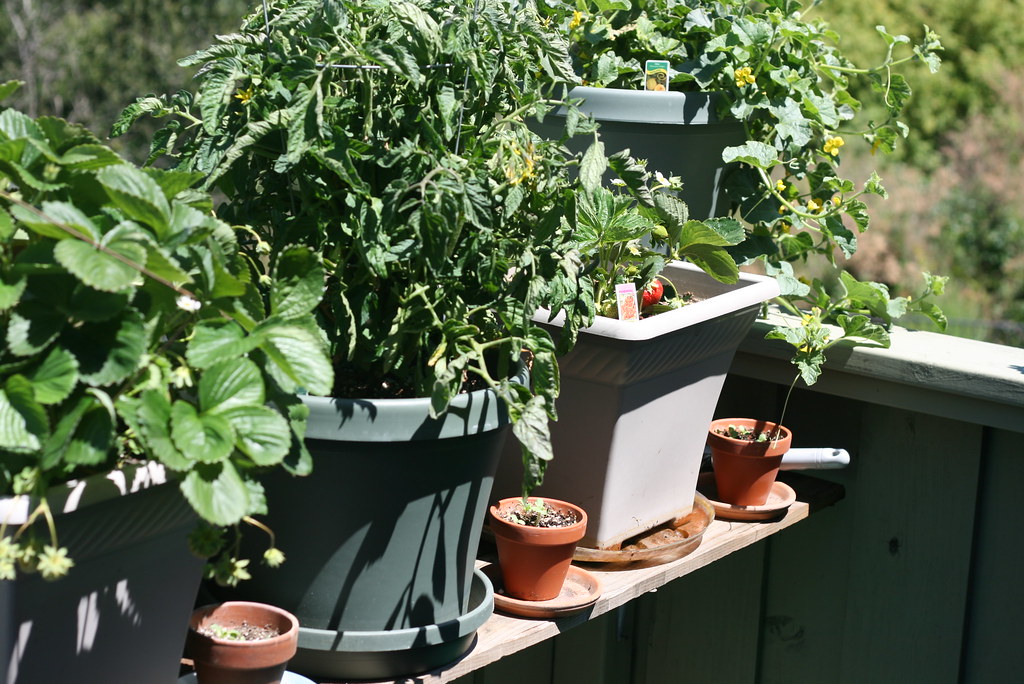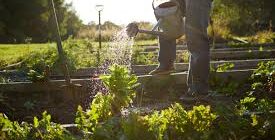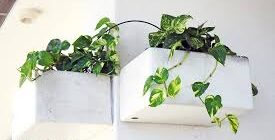Container gardening has surged in popularity in recent years, offering a versatile and accessible way for people to cultivate plants in spaces of all sizes, from sprawling urban balconies to compact suburban patios. While this method of gardening certainly has its advantages, it also comes with its own set of challenges. In this article, we’ll delve into the pros and cons of container gardening to help you determine whether it’s the right choice for your green endeavors.
Pros:
- Space Flexibility: One of the most significant advantages of container gardening is its flexibility in terms of space. Whether you have a large backyard or a tiny apartment balcony, containers allow you to grow plants virtually anywhere, making gardening accessible to urban dwellers and those with limited outdoor space.
- Mobility: Containers are portable, allowing you to move your plants around as needed to optimize sunlight exposure or protect them from harsh weather conditions. This mobility also makes container gardening an excellent option for renters who may need to relocate frequently.
- Soil Control: Container gardening gives you complete control over the quality of your soil, allowing you to tailor it to the specific needs of your plants. This is particularly advantageous if you’re dealing with poor soil quality or contaminated ground.
- Pest and Disease Management: Container gardening can help reduce the risk of pests and diseases compared to traditional in-ground gardening. By keeping plants elevated and isolated, you can prevent many common garden pests from accessing your plants, reducing the need for chemical pesticides.
- Accessibility: For individuals with limited mobility or physical disabilities, container gardening offers a more accessible option for enjoying the therapeutic benefits of gardening without the need to bend or kneel.
Cons:
- Watering Requirements: Container plants often require more frequent watering than their in-ground counterparts, as containers tend to dry out more quickly. This can be challenging, especially during hot summer months, requiring diligent monitoring and maintenance.
- Limited Root Space: Plants grown in containers have limited root space compared to those grown in the ground, which can restrict their growth potential and lead to issues such as root-bound plants or nutrient deficiencies if not properly managed.
- Temperature Regulation: Containers can be prone to temperature fluctuations, with soil temperatures rising higher and dropping lower than those in the ground. This can stress plants, particularly during extreme weather conditions, requiring additional measures such as mulching or insulation.
- Cost Considerations: Setting up a container garden can be more expensive initially, as you’ll need to invest in containers, soil, and potentially irrigation systems or fertilizers. While the long-term costs may be lower than traditional gardening, the upfront investment can be prohibitive for some.
- Plant Selection: Certain plants may not thrive as well in containers as they do in the ground, particularly those with extensive root systems or specific soil requirements. It’s essential to research and select plants that are well-suited to container gardening to ensure success.
Conclusion: Container gardening offers a convenient and versatile way to cultivate plants in a variety of settings, making it accessible to gardeners of all experience levels and living situations. However, like any gardening method, it comes with its own set of challenges and considerations. By weighing the pros and cons outlined in this article, you can make an informed decision about whether container gardening is the right choice for you. Whether you’re a city dweller looking to green up your balcony or a suburbanite seeking to maximize your garden space, container gardening can be a rewarding and enjoyable way to connect with nature and nurture your green thumb.



